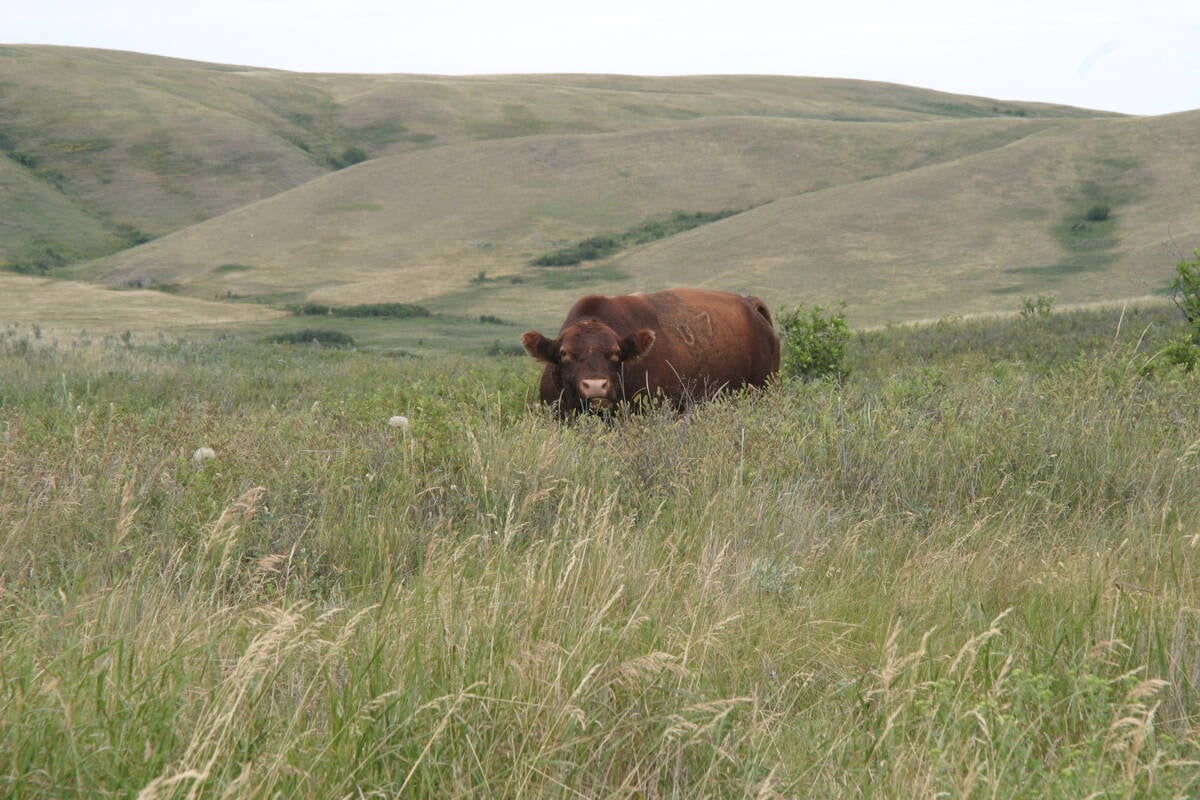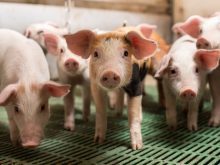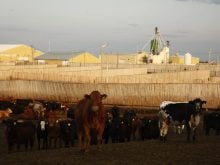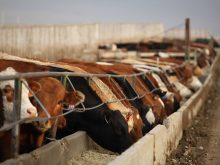LETHBRIDGE, Alta. – Proposed buffer zones may soon force farmers to leave parts of their fields unsprayed.
A Pest Management Regulatory Agency committee is writing regulations to govern pesticide buffer zones, which became law three years ago.
Tom Wolf of Agriculture Canada in Saskatoon, who is a committee member, said the regulations will include minimum distances between pesticide spraying and trees, surface water and wildlife habitat.
He said restrictions aren’t intended to prohibit pesticide use, but to protect trees, water and wildlife from drift.
Read Also

Saskatchewan puts crown land auction on hold
Auctions of Saskatchewan crown lease land are once again on hold.
However, he acknowledged there could be problems with some proposals, because they contradict accepted agronomic practices and integrated pest management techniques.
“On one hand we’re saying practice IPM, (integrated pest management) prevent invasion and spread by spraying along the outside edges,” he said. “On the other hand, we’re saying don’t spray along the outside edges because you could harm something that’s near there.”
Labels on newer pesticide products already come with buffer zone restrictions intended to protect sensitive areas, primarily water bodies, from pollution.
Wolf said the PMRA’s proposed buffer zones take into account the nature of the area, weather and type of sprayer. A pesticide that is toxic to fish will have to be sprayed well back from a water course.















